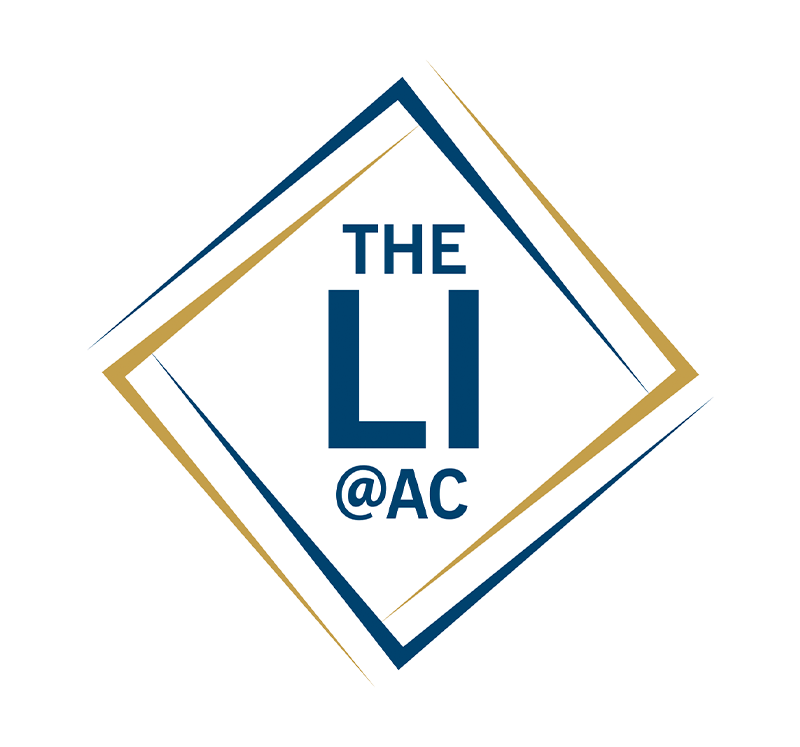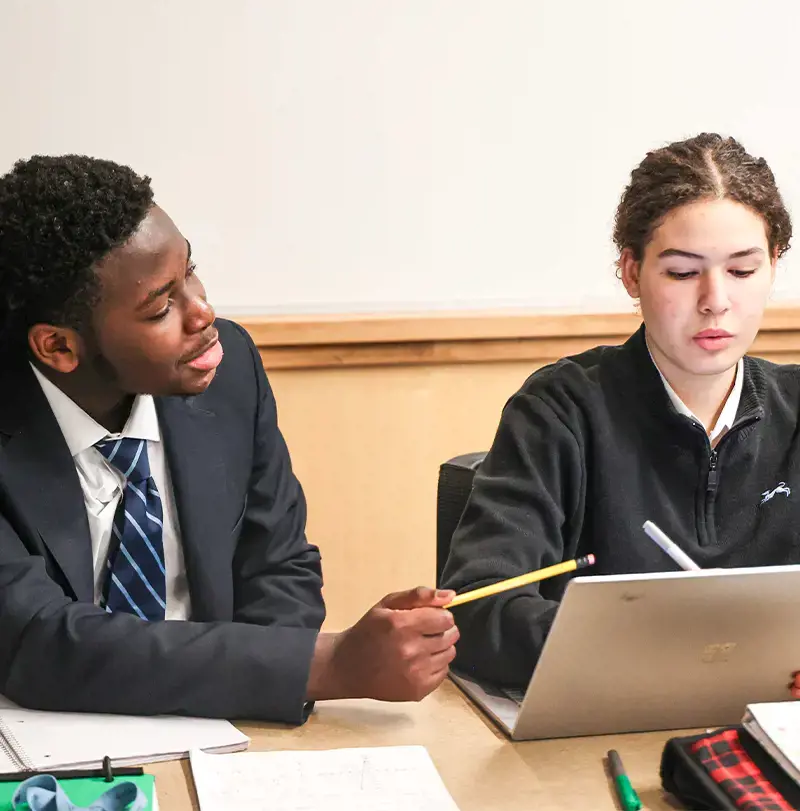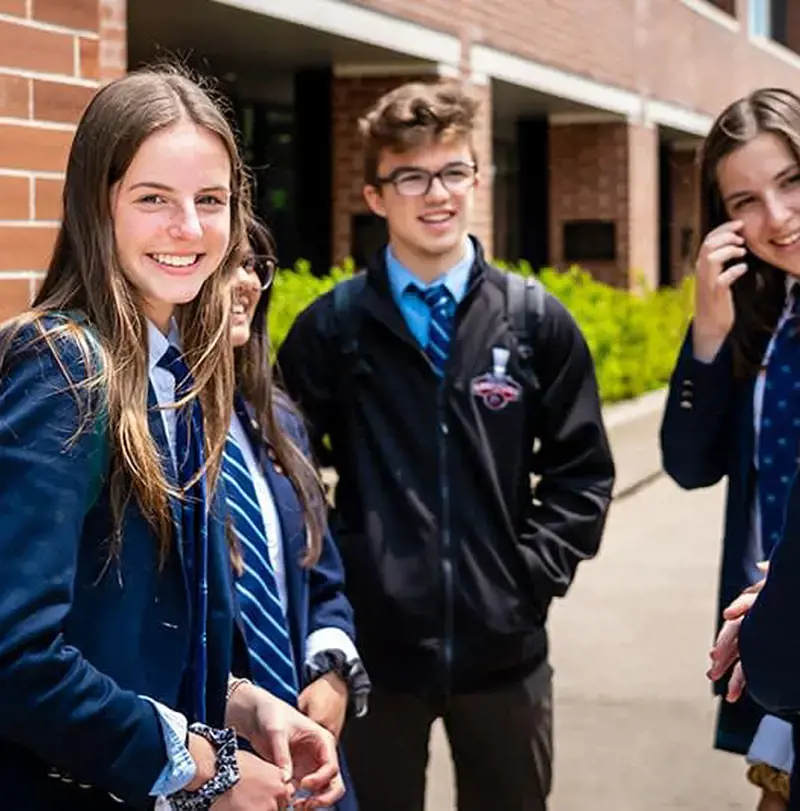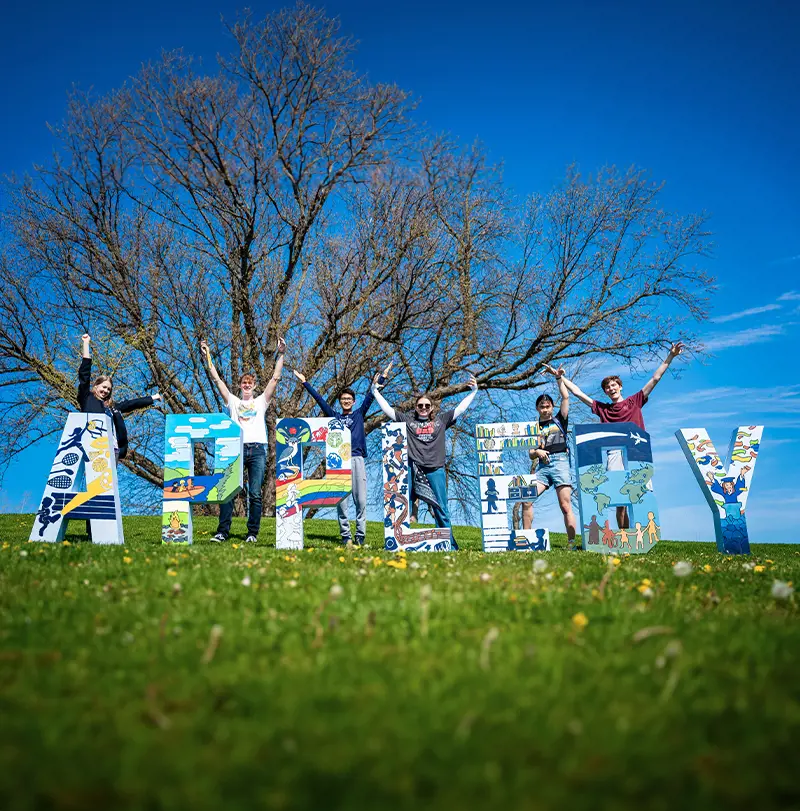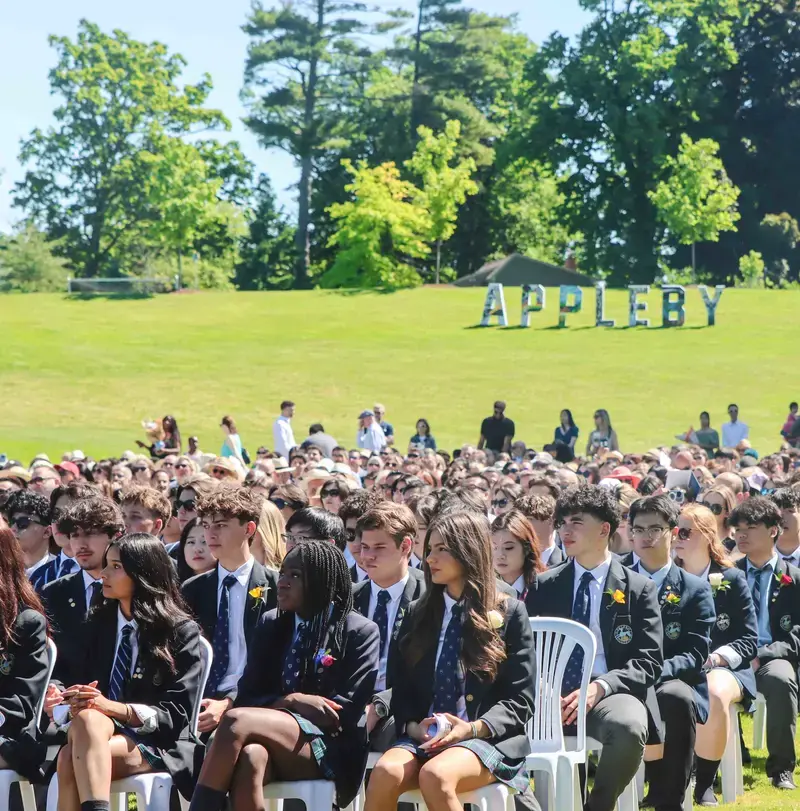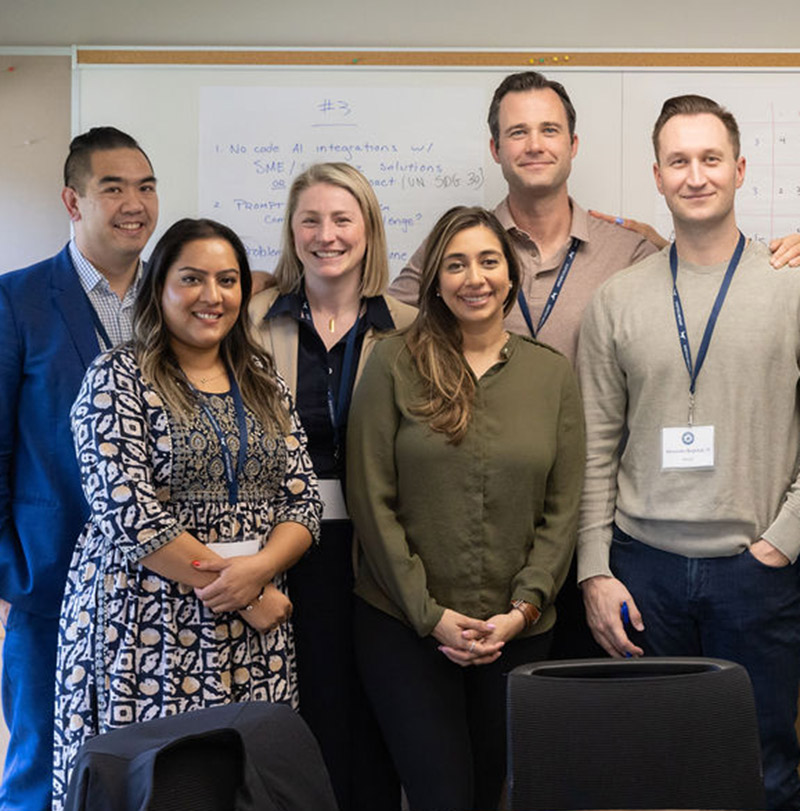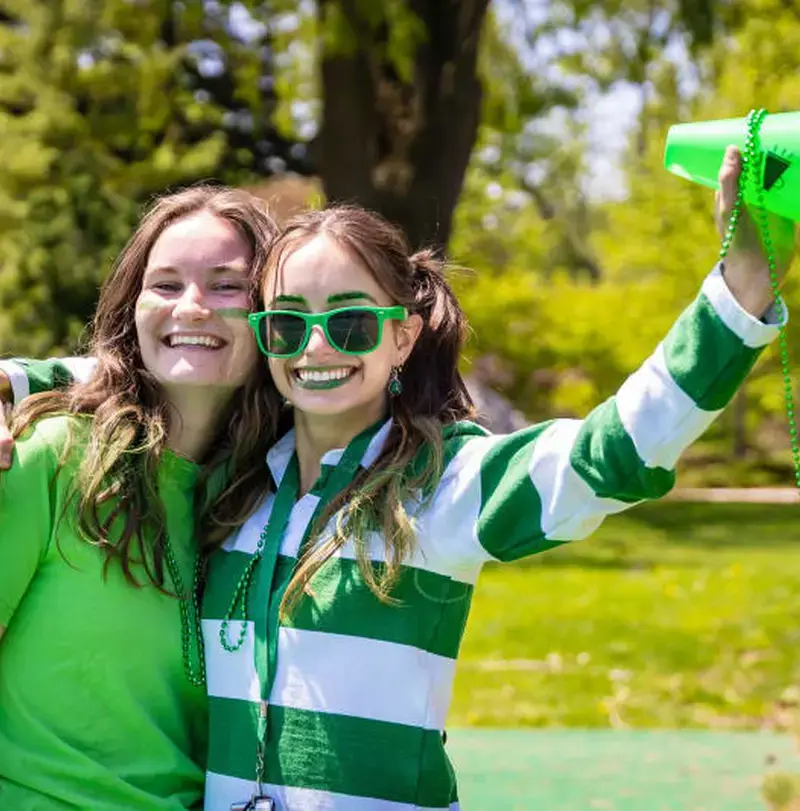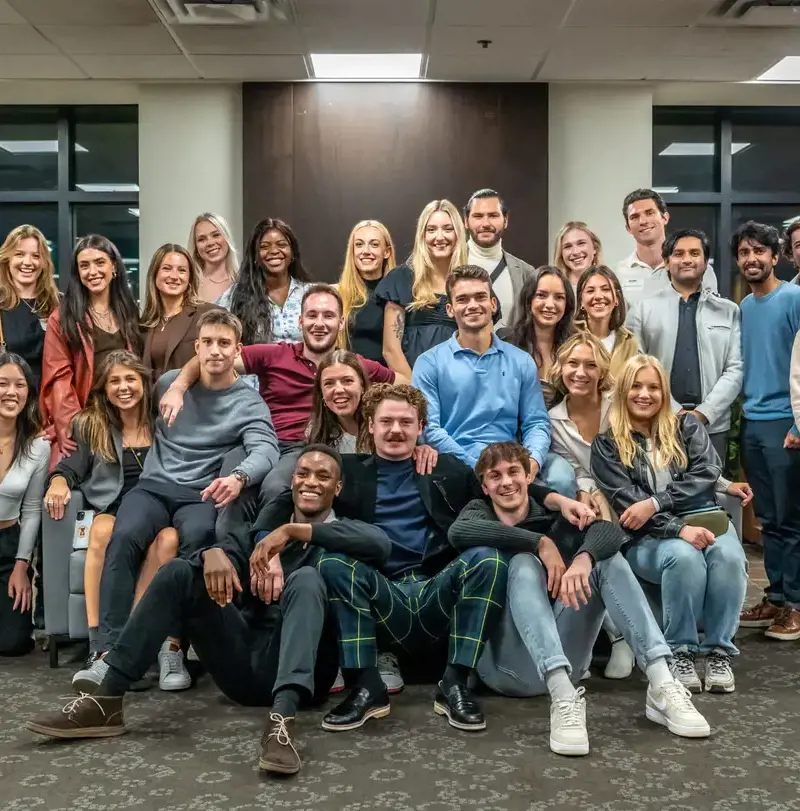Appleby's Permaculture Lab
by Glenda Stoneman
Starting the course in August 2022, I thought permaculture was self-sustaining gardens, much as a forest thrives without human intervention. At the end of the intense 80-hour course, I looked to the forest for the design, approach, and timescale; and to community for working and learning together.
Permaculture is something more than growing things.
Permaculture was co-developed in the 1970s by David Holmgren and Bill Mollison. They looked at how nature operated and wondered why modern agriculture approaches worked against, rather than with nature. It was much more than this too: they based permaculture on social and environmental ethics and framed it around 12 design principles.
On the course we visited the McMaster Community Permaculture Lab and Design Jam Permaculture to see their designs. The varied yields were spread across months, showing diversity, and building in resilience. Plants were chosen for different functions, not just human consumption, and they were co-planted or separated depending on how they interacted with each other.
.
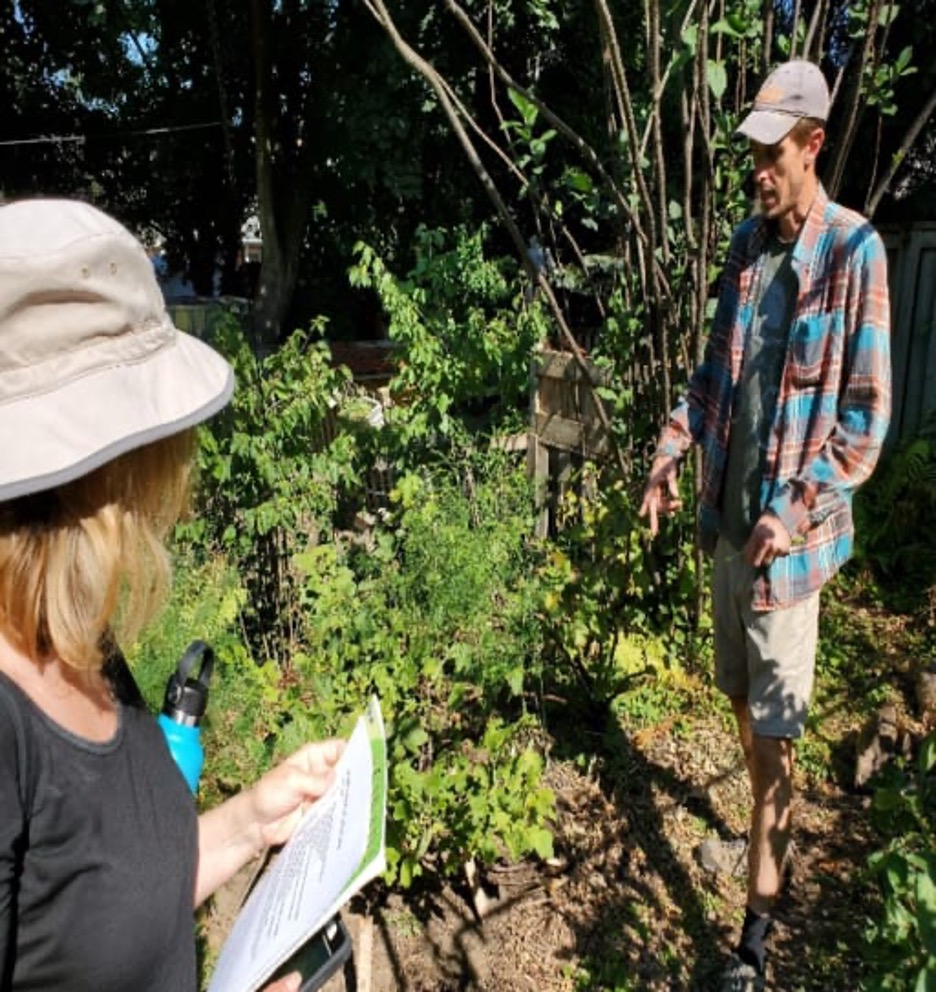
Instructor Michael Schimp, Three Acre Permaculture, explains the layering of the forest. Adrian Hodgson, Design Jam Permaculture owner, demonstrates multiple yields.
Water was captured, maximized, and moved, waste was returned to the soil, and the designers explained how they applied permaculture principles and showed us how they implemented small, slow solutions then interacted, observed, and accepted feedback.
Permaculture is more than growing things: it is a way of growing things.
The culminating project for the Permaculture Design Certificate was to create a Permaculture design. We travelled to Appleby College to select and design the site for the Innovation Grant to bring experiential learning to students in the Environment and Resource Management (CGR4M) course.
We spent hours selecting a suitable site based on soil, sun, topography, and ability to capture water, then hours more moving from patterns to details as we met client needs (Innovation Grant), developed stages of implementation, drew design maps, and created a detailed, hour-long presentation.

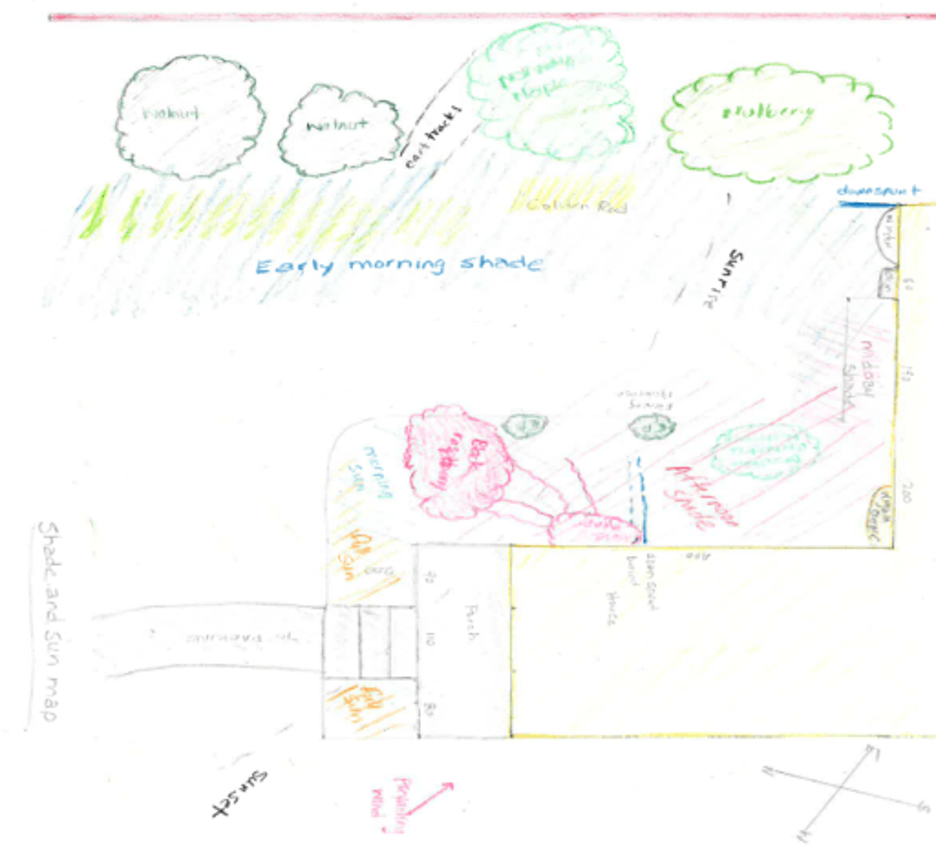

Sun and Shade Map - Phase 1
It was fun to be both client and co-designer! We presented to a panel of our instructors and Permaculture community members and received positive and instructive feedback.
The project is ready to be implemented!
Next steps: Site Approval
I met with Appleby College’s Directors of Sustainability and Regeneration and Jane Hayes, permaculture designer. In principle the site selected will allow us to develop an Appleby Permaculture Lab over the next decade to expand student experiential learning and showcase urban permaculture design.
Envisioning a campus that incorporates a long-term permaculture lab is a major decision and involves many people.
Stay tuned!
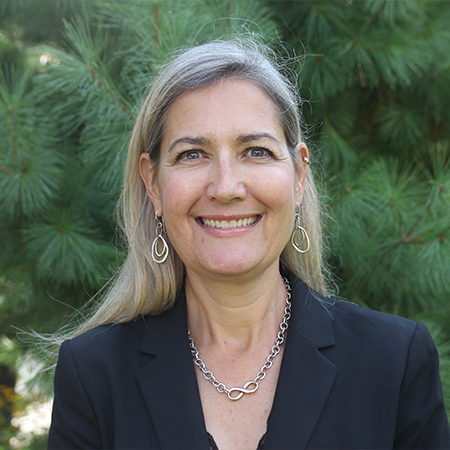 |
ABOUT THE AUTHOR Glenda Stoneman- Teacher, Social Science Glenda has been teaching Social Science at Appleby College for 18 years. Her focus has been on Canadian Geography Environment and Resource Management. An avid environmentalist, Glenda is a member of the Climate Action Acceleration Program team that is creating Appleby's sustainable and regenerative response to climate change. |
